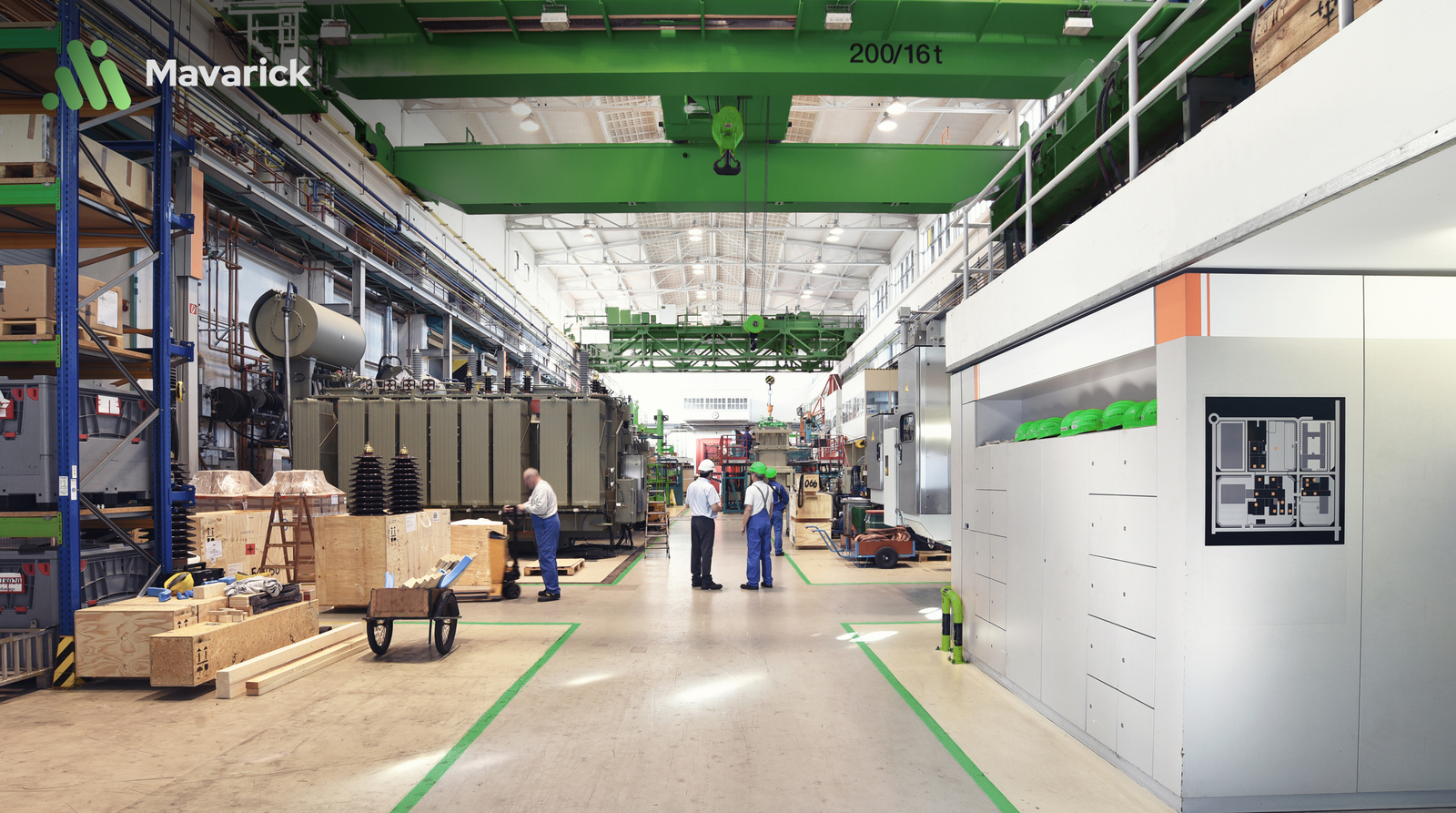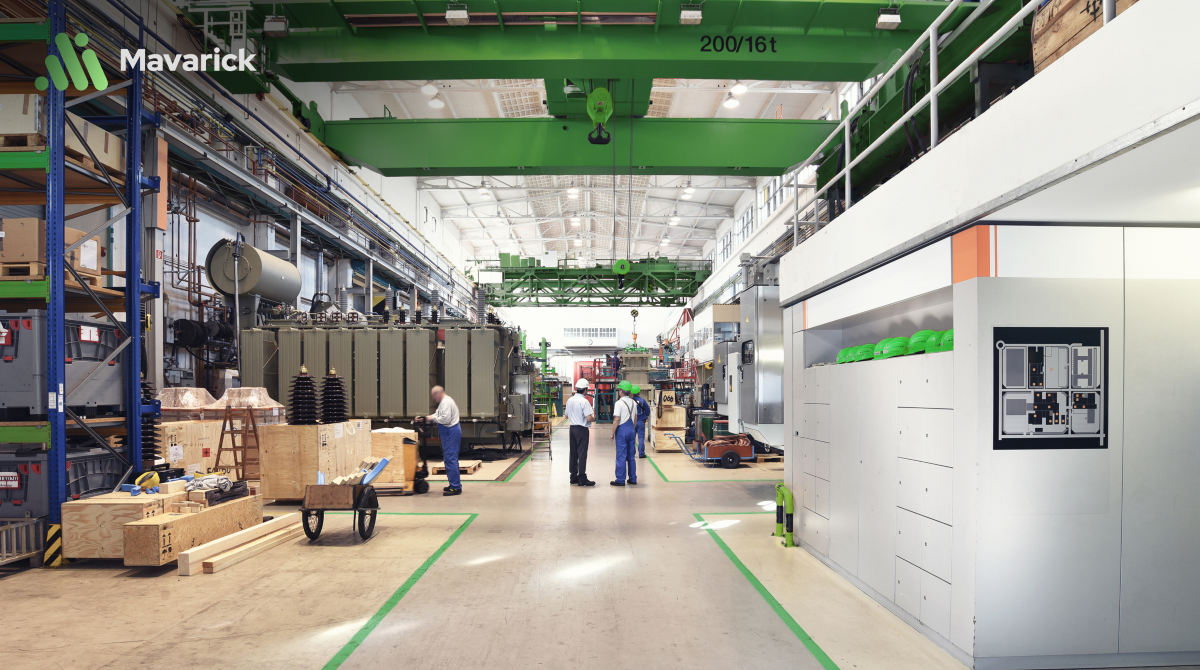
Table of Contents
- What is Double Materiality?
- Why is Double Materiality Important?
- Types of Double Materiality?
- Materiality Vs. Double Materiality?
- Did you Know?
- Incorporating Double Materiality into ESG Frameworks
- How To Do a Double Materiality Assessment?
- Steps in Double Materiality Assessment
- Which Standards and Guidelines Incorporate Double Materiality?
- Role of Double Materiality in Businesses
- Double Materiality Impact on EU?
- Wrapping Up: Double Materiality as a Strategic Tool?
- Frequently Asked Questions (FAQs)
In the evolving landscape of corporate responsibility and sustainability, double materiality has emerged as a pivotal concept that reshapes how businesses assess their environmental and social impacts.
“Sustainability standards are crucial for promoting responsible business practices worldwide.”
– Tim Mohin, CEO of GRI.
That said, organisations today are expected to evaluate not only how external factors affect them financially (financial materiality) but also how their activities impact society and the environment (impact materiality). This concept aligns sustainability with financial performance, especially within the framework of environmental, social, and governance (ESG) strategies.
In this way, a double materiality assessment is like putting different items in different buckets. However, everything in these buckets has something to do with the environment and sustainability. In this blog, we’ll explore what double materiality means, the importance of a double materiality assessment, its relevance in CSRD double materiality. We have also covered how double materiality integrates with ESG principles. To know more on this, read our blog on ESG reporting and its impact on sustainability.
For a more comprehensive view, see our Complete Guide to Sustainability and Carbon Reporting in Manufacturing.
What is Double Materiality?
Double materiality recognizes that companies and financial institutions must actively manage and take responsibility for the actual and potential adverse impacts their decisions have on people, society, and the environment. It is a concept in sustainability reporting that encompasses two key dimensions,
- Financial Materiality (Outside-in Perspective): This traditional viewpoint focuses on how ESG factors can affect the company's financial performance. For instance, risks like climate change, regulatory changes, or resource scarcity could impact a company's profitability.
- Impact Materiality (Inside-Out Perspective): This newer dimension emphasises how the company’s operations, products, and services impact society and the environment. It accounts for carbon emissions, social inequality, and other factors that may not immediately affect a company’s financial standing but hold significant ethical and societal importance.
Together, these two perspectives form double materiality. This crucial framework guides businesses in considering both internal and external impacts in their operations.

Why is Double Materiality Important?
Understanding what a double materiality assessment entails is crucial for businesses navigating today’s regulatory landscape. Companies that are looking to begin their journey toward sustainability often see a double materiality assessment as the first step. Such an assessment helps organisations evaluate both their financial materiality (how external factors affect the business) and their impact materiality (how the business affects the world).
This assessment is an essential part of aligning corporate strategy with ESG initiatives and ensuring companies meet regulatory requirements such as the CSRD double materiality obligations. By conducting this comprehensive evaluation, businesses can manage both risks and opportunities. They can also align with investor expectations thus strengthening their brand reputation.

Double materiality gained prominence due to the increasing demand for corporate transparency around sustainability and social responsibility. Companies are no longer evaluated solely on their financial performance. Investors, regulators, and consumers expect them to address how their operations impact the environment and society.
The European Union Non-Financial Reporting Directive (NFRD) and Corporate Sustainability Reporting Directive (CSRD) played critical roles in formalising double materiality. The CSRD, in particular, emphasises CSRD double materiality, requiring companies to report on both the financial and societal impacts of their activities, driving businesses to embrace a more comprehensive assessment of their operations.
Types of Double Materiality?
Double materiality consists of two distinct but complementary perspectives:
- Financial Materiality: How external factors (like climate change or regulatory changes) affect the company’s financial performance.
- Impact Materiality: How the company’s operations and actions impact society and the environment. This can include emissions, resource usage, labour practices, and community relations.
These two perspectives guide the process of a double materiality assessment, which is integral to understanding both financial risks and broader societal impacts.
Companies that are looking to begin their journey toward sustainability often see a double materiality assessment as the first step. Developing a double materiality assessment lays the foundations for what eventually becomes a company’s overall sustainability report. Going through the process of a double materiality assessment helps companies identify lists of “material” items that need to be tracked & reported on.
Companies that do not perform a double materiality assessment face many risks. For one – if you do not perform a double materiality assessment, unforeseen environmental events put your business at a greater risk. Without the assessment, climate developments may arrive as surprises – leaving you less time to prepare appropriate responses.
Secondly, failing to perform a double materiality assessment leaves your own climate impacts in the dark. If you do not have a full understanding of the mechanics of environmental impacts, then you risk wasting time focusing in the wrong areas as you seek to reduce climate impact.

Materiality Vs. Double Materiality?
While traditional materiality focuses solely on issues that significantly affect financial performance, double materiality expands this view. It includes the broader environmental and social impacts of a company’s operations. In other words, businesses are expected to measure how they are affected by external ESG factors and, equally importantly, how they impact the world around them.
Manufacturers looking to develop a double materiality assessment generally have two options: One, develop the assessment yourself, or two, get help from sustainability experts.
Did you Know?
70% of investors view ESG factors as vital to their investment decisions. Moreover, 45% of global companies are now using double materiality to enhance their sustainability reporting.
Incorporating Double Materiality into ESG Frameworks
In the context of double materiality in ESG, businesses must integrate this expanded perspective into their overall sustainability strategies. It ensures that companies are not only focusing on short-term financial gains but also prioritising long-term environmental and social responsibility.
This approach empowers businesses to create lasting value while ensuring compliance with sustainability regulations and stakeholder expectations. This holistic strategy allows companies to mitigate risks, uncover new growth opportunities, and strengthen their ESG performance.
This approach empowers businesses to create lasting value while ensuring compliance with sustainability regulations and stakeholder expectations. This holistic strategy allows companies to mitigate risks, uncover new growth opportunities, and strengthen their ESG performance.
How To Do a Double Materiality Assessment?
Many companies are developing their own internal ESG or “sustainability” teams. The sustainability team would be tasked with acting as the central resource for tracking & reporting on all things related to sustainability, as well as identifying strategies for reducing carbon footprint.
If your company has a sustainability team, then they would be the ones to carry out a double-impact assessment. The sustainability team would interface with other teams – namely finance, strategy, accounting, health & safety, production, procurement etc. - to proactively gather the inputs required for a double materiality assessment.
Companies that do not have a sustainability team might look to the financial accounting department to lead the effort. Financial accounting personalities are already familiar with reporting compliance procedures and would understand the financial materiality side of the equation well.
Steps in Double Materiality Assessment
Let us understand how businesses can follow structured approach when doing a double materiality test.
- Identify Key ESG Factors: Evaluate both financial and impact materiality by identifying the key ESG factors affecting your industry.
- Engage Stakeholders: Gather insights from internal and external stakeholders to understand their concerns and expectations.
- Analyse Data: Assess the potential risks and opportunities from both financial and societal perspectives.
- Prioritise: Based on the findings, prioritise the ESG issues that will have the greatest impact on your company’s long-term sustainability.
- Report and Monitor: Regularly report on your findings, ensuring compliance with frameworks like the CSRD, and continuously monitor progress.
If you feel your team lacks the resources or bandwidth to perform the assessment in-house, consider partnering with Mavarick. Our expert consultants bring a systematic approach to sustainability assessments, interfacing seamlessly with your finance, risk, procurement, and production teams. With extensive experience in ESG evaluations, Mavarick can save your teams' valuable time while delivering a more thorough and accurate report. In this context, we also have a blog on our dig on the best carbon reporting software for 2024. REad here to know more on the choices.
Let us help you navigate the complexities of double materiality, ensuring that your sustainability strategy not only meets compliance requirements but also drives long-term value for your business.
A side benefit of working with a sustainability expert is that all personalities that work with the consultant would come away with learnings around best practices in sustainability reporting. Each team member would develop a greater understanding of their department’s role in sustainability reporting. Ultimately, working with a sustainability expert – especially in the early parts of a sustainability journey – can put you on a path towards higher quality outcomes.
Which Standards and Guidelines Incorporate Double Materiality?
Several international standards and frameworks have adopted double materiality as a key element in sustainable reporting. These include:
- European Union Corporate Sustainability Reporting Directive (CSRD): An extension of the NFRD, the CSRD double materiality requirements broaden the scope of companies required to report and increase the depth of sustainability disclosures.
- European Union Sustainable Finance Disclosure Regulation (SFDR): Introduces sustainability risk disclosures for financial institutions, highlighting how their products affect both investors and society.
- Global Reporting Initiative (GRI) Standards: GRI incorporates both financial and impact materiality, helping companies report on their external impacts transparently.
- Sustainability Accounting Standards Board (SASB) and International Sustainability Standards Board (ISSB): These bodies recognise double materiality in their frameworks, aligning financial performance with ESG impacts.

Role of Double Materiality in Businesses
Industries such as manufacturing, energy, and finance are at the forefront of adopting double materiality. These sectors face significant environmental and social risks that affect both financial health and broader societal well-being. For example:
Energy: Companies must assess the financial risks of regulatory changes around emissions, while also considering the environmental impact of fossil fuel extraction and usage.
Finance: Financial institutions are increasingly held accountable not only for their investment performance but also for the sustainability of the projects they fund.
Double Materiality Impact on EU?
The directive has significantly transformed how businesses within the EU operate and report, leading to several key impacts. Companies are now more transparent in their practices, offering stakeholders greater access to information, which has in turn increased trust from investors, customers, and the public; a Deloitte survey found that 73% of investors are likely to divest from companies with poor ESG metrics. Additionally, businesses have had to adjust their reporting mechanisms to comply with the new guidelines, presenting particular challenges for small and medium-sized enterprises (SMEs) that may lack the resources to keep up with these changes.
Wrapping Up: Double Materiality as a Strategic Tool?
Double materiality is more than just a regulatory requirement—it’s a powerful framework for understanding and managing both financial and societal risks.
By adopting double materiality in ESG strategies, companies can ensure they are not only protecting their bottom line but also contributing positively to the world around them.
Mavarick is here to help businesses navigate this complex landscape. With our expertise in digital transformation, data-driven insights, and sustainability solutions, we empower organisations to assess their double materiality. This helps both you and us convert sustainability challenges into strategic opportunities.
Frequently Asked Questions (FAQs)
- What is double materiality, and why is it important for businesses?
Double materiality considers both financial risks and the societal/environmental impacts of a company. It’s crucial for meeting regulations, managing risks, and aligning operations with sustainability goals.
- What is a double materiality assessment, and how can it benefit my company?
A double materiality assessment evaluates both financial risks and societal impacts. It helps companies comply with regulations, improve ESG performance, and manage risks.
- What is the role of double materiality in the CSRD (Corporate Sustainability Reporting Directive)?
CSRD requires companies to report both financial risks and their impact on society/environment, promoting transparency and sustainable practises.
- How does double materiality integrate with ESG frameworks?
Double materiality aligns financial and impact assessments within ESG, ensuring businesses address both financial performance and their societal impact.
- How do I conduct a double materiality assessment for my company?
- To conduct a double materiality assessment, you should:
- Identify key ESG factors relevant to your industry.
- Engage with stakeholders to gather their insights.
- Analyse both financial and societal impacts.
- Prioritise the most significant risks and opportunities.
- Report findings and monitor progress in alignment with standards like the CSRD or GRI.
Contact Mavarick today to learn how we can help you with a double materiality assessment.
Carbon Accounting System
Carbon Emissions Reporting for the Supply Chain
- Visible Supply Chain
- Quality Data You can Trust
- Auditable Reports

